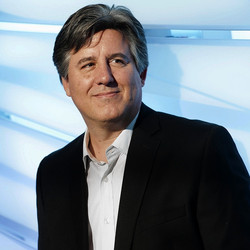(p. A11) . . . , Mr. Clinton, appearing on a panel discussion at a recent Clinton Global Initiative event, defended U.S. oversight of the domain-name system and the Internet Corporation for Assigned Names and Numbers, or Icann.
. . .
“I understand why the reaction in the rest of the world to the Edward Snowden declarations has given new energy to the idea that the U.S. should not be in nominal control of domain names on the Internet,” Mr. Clinton said. “But I also know that we’ve kept the Internet free and open, and it is a great tribute to the U.S. that we have done that, including the ability to bash the living daylights out of those of us who are in office or have been.
“A lot of people who have been trying to take this authority away from the U.S. want to do it for the sole purpose of cracking down on Internet freedom and limiting it and having governments protect their backsides instead of empower their people.”
Mr. Clinton asked Jimmy Wales, founder of Wikipedia: “Are you at all worried that if we give up this domain jurisdiction that we have had for all these years that we will lose Internet freedom?”
“I’m very worried about it,” Mr. Wales answered. People outside the U.S. often say to him, “Oh, it’s terrible. Why should the U.S. have this special power?” His reply: “There is the First Amendment in the U.S., and there is a culture of free expression.”
He recalled being told on Icann panels to be more understanding of differences in cultures. “I have respect for local cultures, but banning parts of Wikipedia is not a local cultural variation that we should embrace and accept. That’s a human-rights violation.”
For the full commentary, see:
L. GORDON CROVITZ. “INFORMATION AGE; Open Internet: Clinton vs. Obama; The former president strongly defends the current system of oversight by the U.S.” The Wall Street Journal (Mon., MARCH 31, 2014): A11.
(Note: ellipses added.)
(Note: the online version of the commentary has the shorter title “INFORMATION AGE; Open Internet: Clinton vs. Obama.”)







